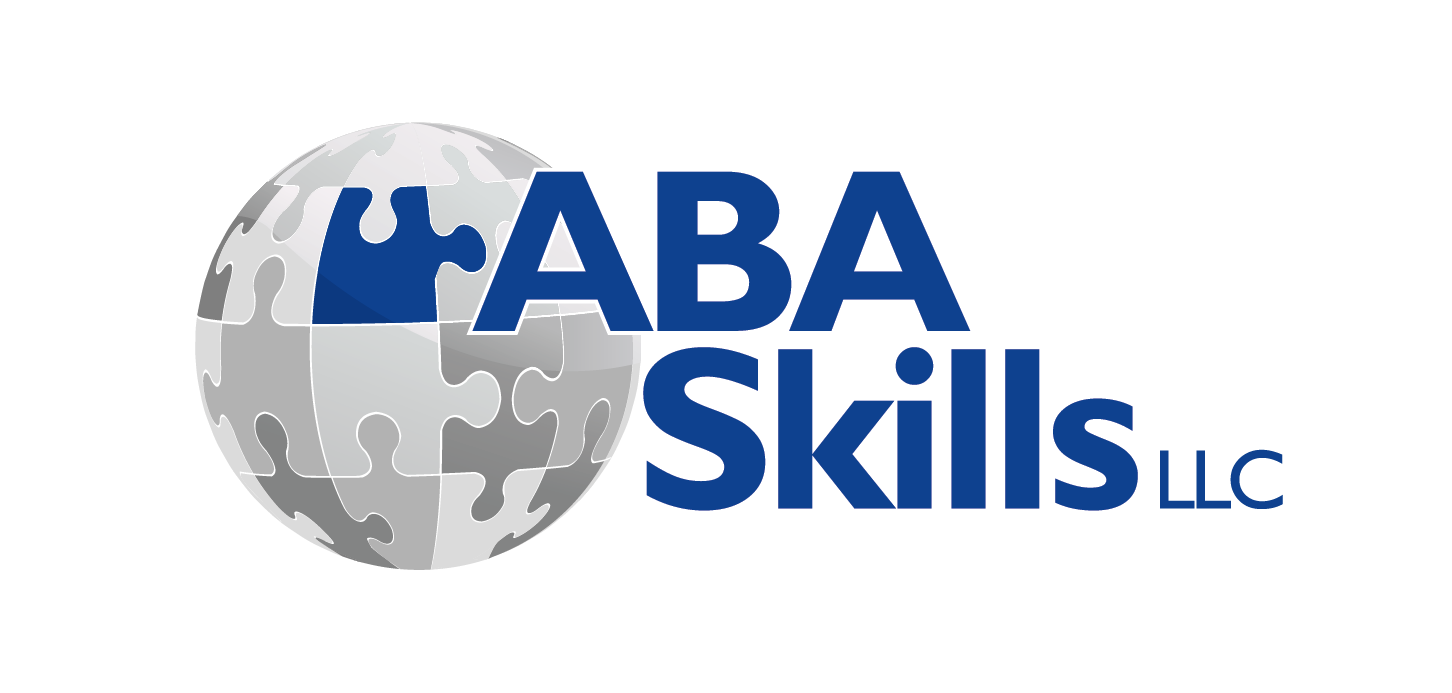Early Learners: Imitation Skills
Imitation is a skill that is necessary for all learners to acquire and generalize. Imitation is one of the foundations for learning both early and advanced skills. Here is one of our early learner imitation skills.
Remember, imitation must be generalized before considering the skill mastered! Good luck!
Program Title: Non-vocal Imitation: Gross and Fine Motor with Objects
SD: Instructor says, “Do this.” And then demonstrates an action on an object
R: Learner imitates the instructor’s action. Prompts: From full physical guidance to partial guidance
Teaching Procedures:
Establish Learner’s attending behaviors (eye contact, hands down/folded with their feet flat on the floor, sitting up straight with Learner’s back approximately 2-3” from the back of the chair) present the SD.
Prompt the response and fade prompts over subsequent trials until Learner is responding independently. Be sure to employ differential reinforcement following each response.
Prior to the delivery of the next SD have Learner return his/her hands to the down/folded position.
Additional Instructions:
Imitation is a “skill” and should be taught until generalized. In order to be sure that Learner is developing generalized imitation skills it is crucial to conduct an appropriate baseline measure, pre-teach one response not demonstrated during the baseline measure, teach one response to mastery and then probe for generalization across 15-20 responses that were not demonstrated during the baseline measure. If the learner responds with 90-100% correct/independent responding during the probe for generalization it may not be necessary to teach additional responses. In order to have the learner develop a repertoire of good imitation responses, it may prove beneficial to conduct additional (e.g., 3-5) probes for generalization across a variety of actions and note the actions that the learner readily demonstrates as these responses can then be chained together in the “Non-vocal imitation: two-step Actions” program.
Potential Target Responses:
stack block
push car
brush hair with a brush
drink from a cup
eat with a fork or spoon, etc.
Note: When selecting targets for this program, instructors can choose toys such as the Fisher-Price car garage and then create a list of the individual actions that a learner should know in order to play independently. Then, teach the individual actions separately and in no specific sequence. Once a set of actions has been taught, the activity can then be targeted in a Toy Play program and/or the Play Stations program in order to teach the learner to play appropriately and independently.
Prerequisite Skills:
Attending Behaviors
Mastery:
Generalized Responding
Next:
1. Receptive Instructions
Non-vocal Imitation: Two-Step Actions (object – motor combinations)
Non-vocal Imitation: Gross and Fine Motor
Toy Play/Play Stations
Data Collection:
Trial by Trial
Cold Probe Data
Data Display:
Trial-by-Trial: Percentage correct graphed at the end of the day.
Cold Probe Data: Y/N Display
Both Trial-by-Trial and Cold Probe Data should have a Cumulative Acquired graph.
